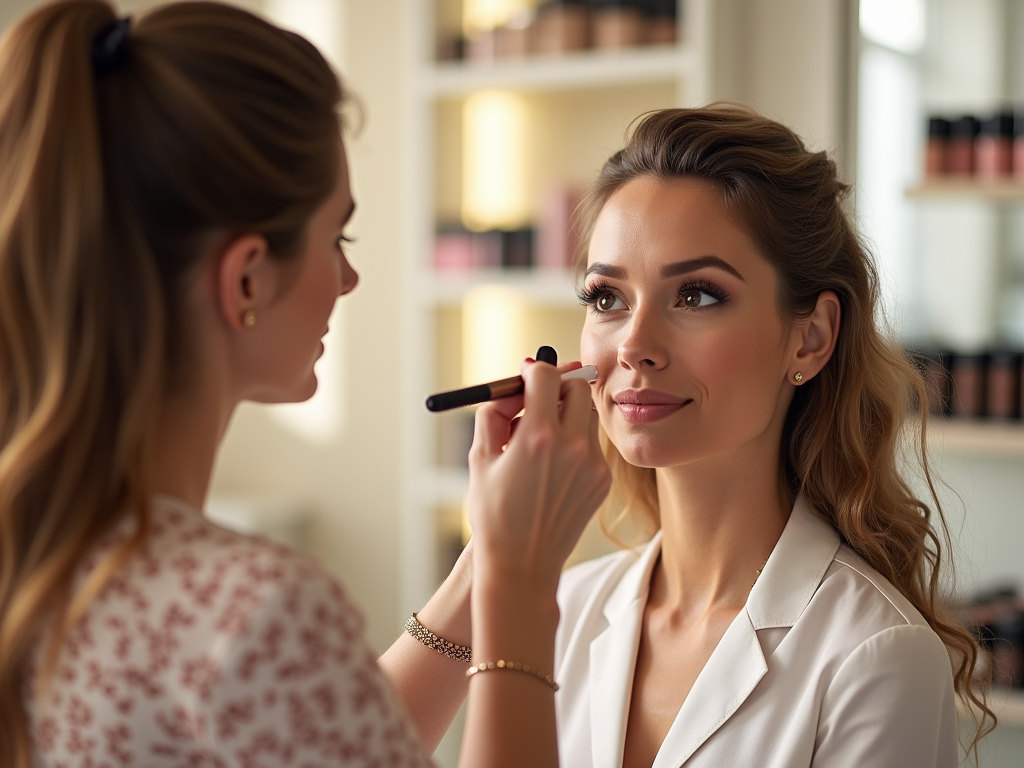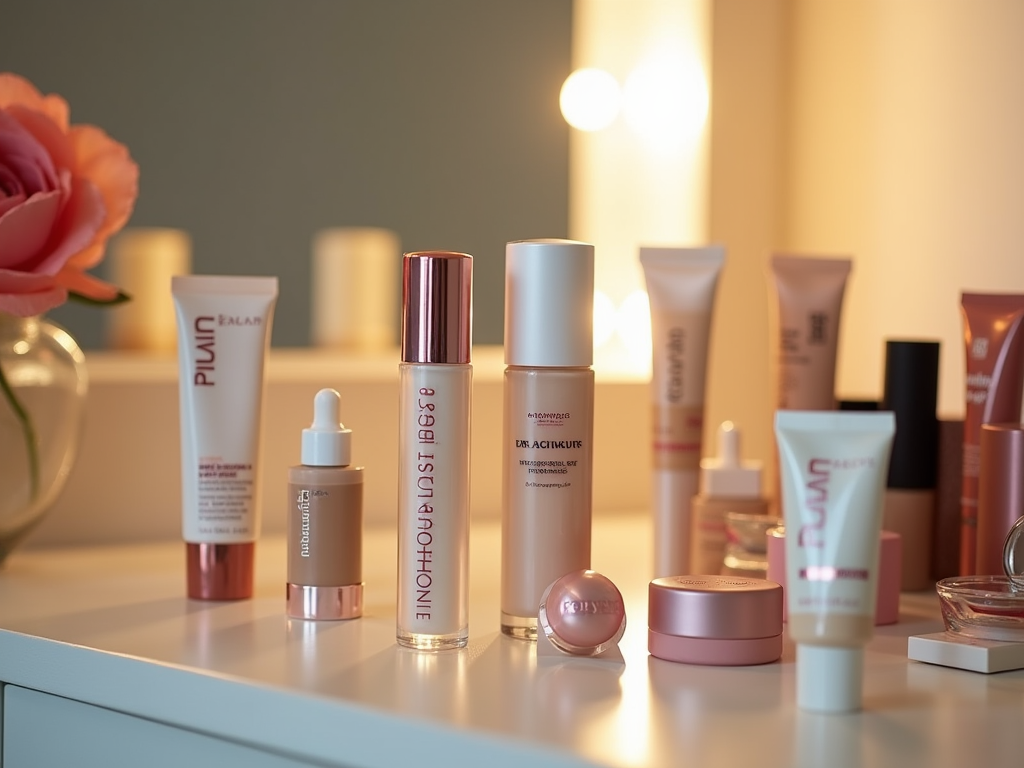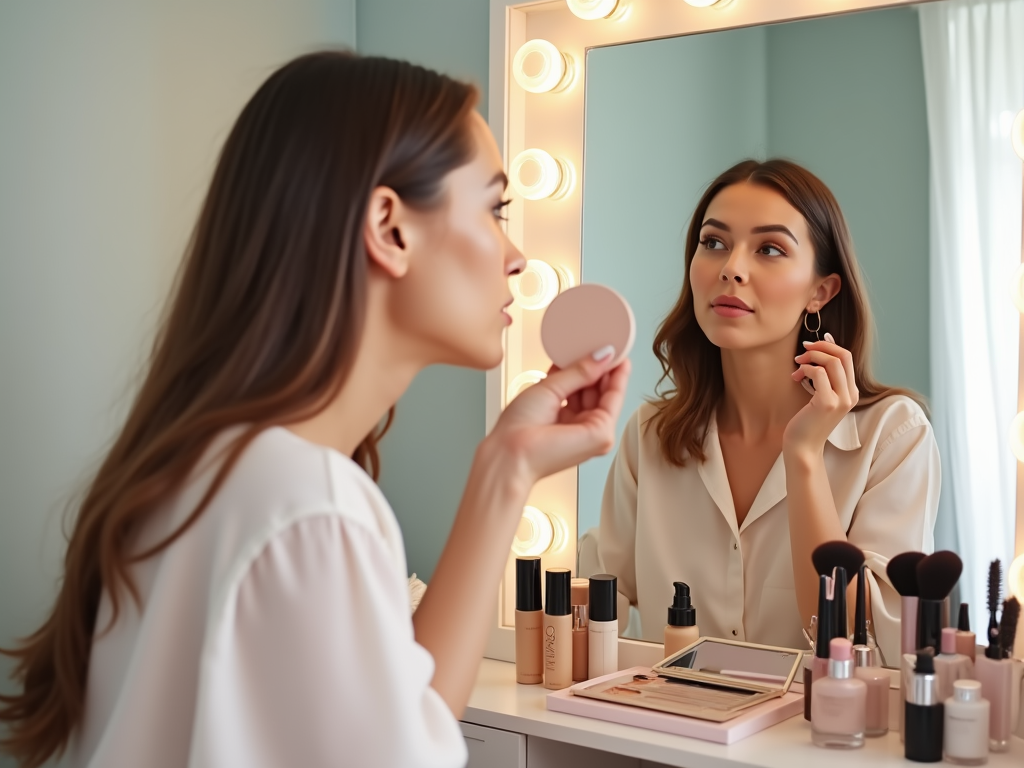
How to Choose the Best Makeup Primer for You
Choosing the best makeup primer can enhance the longevity and finish of your makeup look significantly. A makeup primer acts as a barrier between your skin and makeup, smoothing imperfections and providing a base for your foundation. With various formulations available, including matte, hydrating, illuminating, and color-correcting primers, it’s essential to consider your skin type and concerns to make an informed choice. This article will guide you through the crucial factors to consider when selecting a makeup primer tailored to your needs.
Understanding Makeup Primer Types

Makeup primers come in several types, each designed to address specific skin issues. Understanding these types can help you find the one that best suits your skin’s needs. Here are some common primer types:
- Mattifying Primers: Ideal for oily skin, these primers absorb excess oil and reduce shine, creating a smooth surface for foundation application.
- Hydrating Primers: Perfect for dry or dehydrated skin, hydrating primers provide moisture and enhance the application of foundation without emphasizing dry patches.
- Illuminating Primers: These primers contain light-reflecting particles that impart a luminous glow, perfect for dull or sallow complexions.
- Color-Correcting Primers: These primers neutralize specific skin tone concerns, such as redness or dullness, offering a balanced canvas for makeup application.
- Silicone-Based Primers: These create a smooth, velvety finish and fill in fine lines and pores, making them suitable for most skin types.
Knowing your skin type and its specific needs is crucial when determining the type of primer that will work best for you. Each primer type has unique benefits tailored to different skin concerns, ensuring a flawless foundation application.
Assessing Your Skin Type

Before choosing a primer, assess your skin type accurately, as it plays a key role in determining which primer will perform best for you. Here is a quick breakdown of how to identify your skin type:
- Oily Skin: Skin that appears shiny, especially in the T-zone, and tends to develop breakouts.
- Dry Skin: Skin that feels tight, rough, or flaky, often showing signs of dehydration.
- Combination Skin: A mix of oily and dry areas, usually oily across the forehead and nose while dry on the cheeks.
- Normal Skin: Well-balanced skin that isn’t too oily or dry and typically has a smooth texture.
- Sensitive Skin: Prone to redness, itching, or irritation, often requiring gentle and soothing ingredients.
Being aware of your skin type allows you to choose a primer that addresses your specific needs, leading to better makeup longevity and a more polished look.
Identifying Key Ingredients
When selecting a makeup primer, it’s vital to pay attention to its ingredient list. Certain ingredients can enhance the effectiveness of the primer or cater to your skin’s unique needs. Here are some key ingredients to look for:
- Hyaluronic Acid: Great for hydrating and plumping skin, ideal for dry complexions.
- Salicylic Acid: Helps control excess oil production and might be suitable for oily or acne-prone skin.
- Dimethicone: A silicone that provides a smooth surface and helps fill in fine lines and pores.
- Glycerin: Draws moisture into the skin, making it suitable for all skin types.
- Vitamin E: An antioxidant that can protect skin and improve overall texture.
Understanding these ingredients helps you to pick a primer that not only prepares the skin for makeup but also provides additional benefits aligned with your skin care routine.
Once you’ve narrowed down your options based on skin type and ingredients, testing the primer before purchasing can offer further assurance about its suitability. Here’s how you can effectively test a primer:
- Patch Test: Apply a small amount of primer on your jawline or behind your ear to check for any adverse reactions.
- Texture and Finish: Observe how the primer feels on your skin. It should glide on smoothly without feeling greasy or heavy.
- Foundation Application: If possible, test how well your foundation applies over the primer to assess its effectiveness.
- Wear Test: Take note of how long your makeup lasts throughout the day. A good primer will enhance longevity and keep your makeup looking fresh.
Testing is an essential step as it provides you with a firsthand experience, which can be instrumental in your decision-making process.
Conclusion
Choosing the best makeup primer for your skin type and needs can dramatically improve your makeup routine, offering longer-lasting wear and a smoother finish. By understanding the different types of primers, assessing your skin type, identifying key ingredients, and testing products, you’re equipped to make an informed selection. Always remember that the right primer can not only enhance your makeup but also benefit your skin’s overall health.
Frequently Asked Questions
1. Can I use primer without foundation?
Yes, you can use primer alone to create a smoother texture for your skin or to address specific concerns, such as shine control or hydration.
2. How often should I replace my makeup primer?
It’s best to replace your primer every 6 to 12 months, as product efficacy decreases over time, and older products can also affect your skin’s health.
3. Are expensive primers better than budget options?
Not necessarily. While some high-end primers offer unique formulations, many affordable options provide excellent results. It’s important to choose based on your skin needs rather than price alone.
4. Can I mix different types of primers?
Yes, you can mix primers to target different areas of your face. For instance, using a mattifying primer in the T-zone and a hydrating one on dry areas can deliver the best results.
5. Should I apply sunscreen under my primer?
Absolutely! Applying sunscreen is essential for skin protection. Just ensure the sunscreen you choose is suitable for use under makeup.

